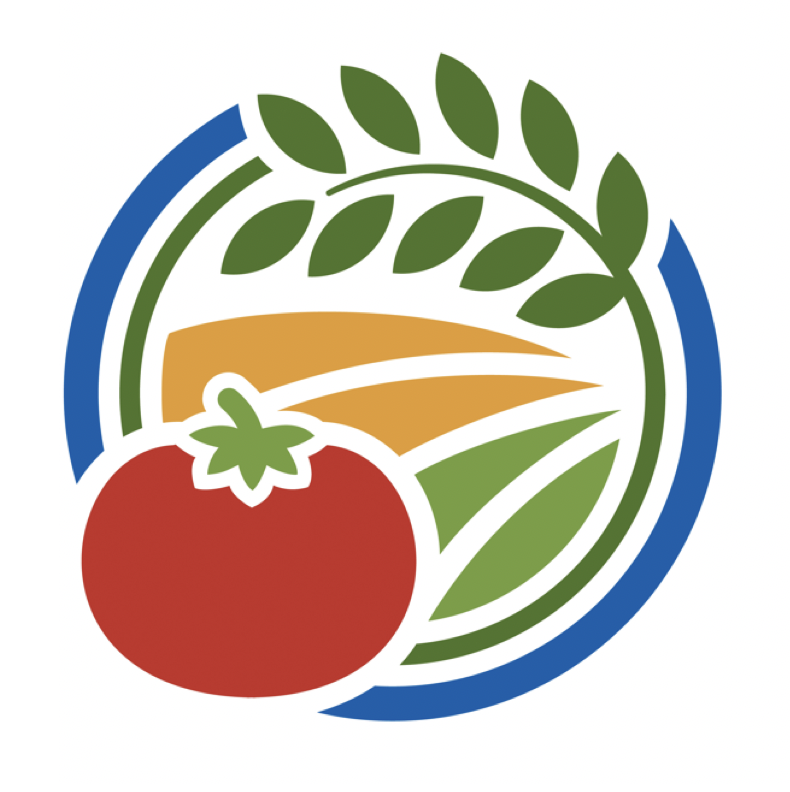
Farm Information
County: Colusa
Location: Near the Sacramento River
Slope: Flat
Irrigation system: Full coverage sprinklers
Soil type: Silt loam
Soil detail: n/a
Special farming challenges: Occasional winter flooding
- Cropping Systems Information
- Crop: pecans
Acres of orchard or vineyard: 265Other crops: Almonds
Acres of other crops: 350
Organic management: No
Certifications: None
Certifications notes: Goal is to get bee friendly farming certification
Where using cover crops: Almonds, pecans - Grower Experience, Farm Priorities, and Cover Cropping Goals
- When started farming (yr): Family farming in the area since 1860. He established Pacific Gold Agriculture 2015
Farm priorities: To create a sustainable, diversified farm-to-fork tree nut enterprise, trace and differentiate the crop to have consumer affinity around sustainability. Seek out investors who care about sustainability and scale sustainable practices over time, over several decades.
Years growing orchard or vineyard crop: 7 years
Years growing cover crops: 5 years
Initial transition to cover cropping: Started by working with consultant Rex Dufour. Due to the full coverage sprinkler irrigation in pecans, you will always have either weeds or cover crops. We also need some kind of turf to hold the ground and keep it passable during the November harvest season.
Goals and benefits: Soil improvement, water infiltration/retention, pollinator support, insect predator support
Benefits description: “How it affects soil structure and water penetration. Ground that has had cover crops, you can look at it after rainfall and see much less runoff than ground without cover crop.” "We definitely see beneficial insects enjoying the habitat as well as many mammal and bird species." Like to let cover crop grow into September, because otherwise there's nothing going on in the Mediterranean climate in Sept, so it provides a haven for insects and birds. All the bugs are in the pecan orchard at that time.
Change in goals over time: None
Reasons: n/a - Cover Crop Details, Planting and Management Methods
-
Block described here: Pecans
Current cover crops: Legumes, insectary mix
Species and mixes: Clover mix: Persian clover, red clover, crimson clover, oats, insectary mix (narrow leaf and showy milkweed, common yarrow, lacy and California phacelia, California poppy, creeping wild rye, sweet alyssum)
Planting method: n/a
Planting date (2020): December-January
Was that optimal? n/a
Pre-plant soil prep: n/a
Planting equipment: Grain drill for clover/oats mix, insectary mix was broadcast
Seeding rate: 15lbs/acre for clover/oats mix; 12 lbs/acre insectary mix
Seeding depth: n/a
Did it germinate well? Clovers just coming up
Additional management and advice: For clover - We will selectively mow certain rows where we have more native vegetation with the hope of having clover dominate early in the next growing season. Flail mow as close as possible, raising mower at thick stands, then back up and mow again at a lower height. Have been harvesting into a catch frame so do not need to do additional mowing to break down biomass. - Cover Crop Termination Methods and Biomass Management
-
Termination method: No termination
Termination equipment and process: n/a
Termination date: No termination - keep it growing into Sept
Was it optimal? n/a
Biomass management: n/a - Cover Cropping Challenges and Strategies to Address Them
- Challenges: Other
Challenges description: Balancing using the land for groundwater recharge versus health of cover crop. Finishing up participation in a 2-year study on flooding from May to June, post-dormancy.
Strategies to address challenges: Some of the natives and some of the other cover crop species do come back after flooding.
Was the cover crop worth it? You have to look at it from a 10- or 100-year perspective. It's very much a cumulative effect.
Least successful past cover crops: n/a
